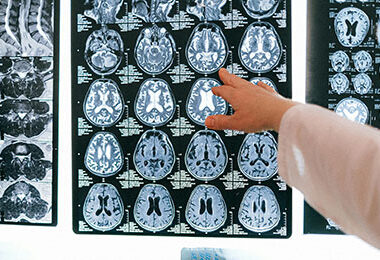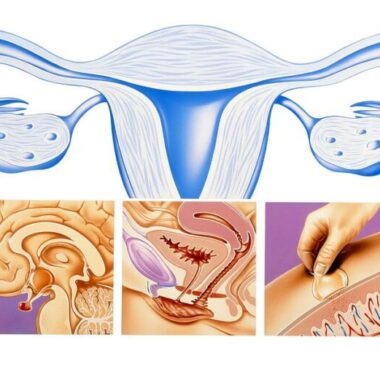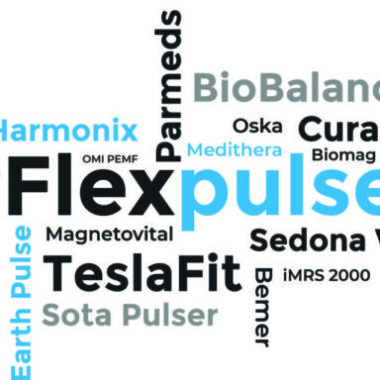MAGNETIC FIELDS AND WATER

There are two aspects to considering PEMFs and water. One is the internal water of our bodies. The other is the intake of magnetically treated water.
Water in the human body is mostly a “soup” of electrolytes, proteins, fats, and starches. It is a catalyst in chemical changes from simple to complex, and provides the medium for the electrical conduction required for ionization of cells and cellular mobility. Since water is the medium through which all electrochemical activity in the body takes place, its ability to respond to an electromagnetic field is a major aspect of the actions of PEMFs in the body and critical in the body’s health maintenance and healing process. Research shows that magnetic fields are capable of changing the properties of any solution with charge, and so have a direct effect on the water in our bodies.
WHAT IS WATER?
Firstly, water does not exist as a single molecule, but resembles a cluster of grapes with about 30-40 molecules in each cluster. In magnetically activated water, clusters separate into smaller clusters of five or six molecules per cluster. Moreover, this water is also more organized in structure and motion.
The size and clustering of water molecules is extraordinarily important in the ability of water to move in an out of cells. Water flux between cells is facilitated by proteins embedded in the membrane called aquaporins. These are water channel proteins. In the membrane channel, they prevent bursting of the cells due to changes of the exterior salt concentration (osmotic regulation). In humans, aquaporins regulate the flow of water in the kidney, red blood cells, the eye lens, and the brain, to name just a few. Defects in these proteins are known to be involved in a number of diseases including diabetes insipidus, congenital cataract, and impaired hearing.
PEMFS AND WATER
Magnetic exposure of water is widely used to inhibit scale buildup in heat exchangers, water storage systems and water pipes. Electric and magnetic fields affect the precipitation of barium oxalate, calcium carbonate and calcium sulfate, crystal growth rates of inorganic salts and stability of fluid suspensions. Electromagnetic field effects persist in fluids (in these situations, treated with PEMFs) up to several days after the EMFs are removed. EMFs affect diffusion of colloids (almost any substance microscopically dispersed evenly throughout a solution), surface free energy of calcium salts and change UV and Infra Red spectra of water.
Magnetic pretreatment of water has been thought to enhance the yields of plants and livestock and affect paramecia, alter cell density and size of the nucleus diameter in catfish liver cells and affect the hormone cycles of mice. A patent has also been issued on a method of magnetically treating fuel (while not water, it is a fluid) used in motors, to enhance fuel consumption.
SOME FINDINGS ON PEMFS AND WATER
It has been shown that magnetically-treated water used in dental irrigators reduces dental plaque build-up better than untreated water. Treated water was also found to cause round worms to evacuate infested children better than controls in a Chinese study. Furthermore, water coming out of certain lava flows from Japan that was naturally “magnetized” improved memory loss in Alzheimer’s patients. Other researchers found that treated water reduced kidney stones.
Therefore, EMFs are expected to not only affect the water content of the body but may also be of some use in structuring the water we drink. How these observations can be used to positively impact health is only just beginning to be discovered.










